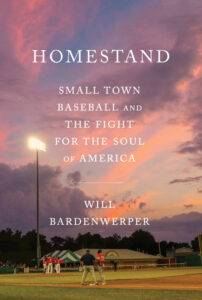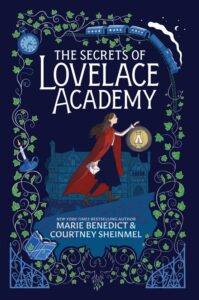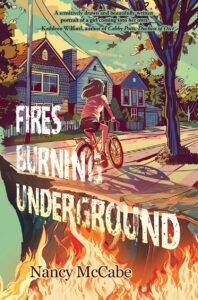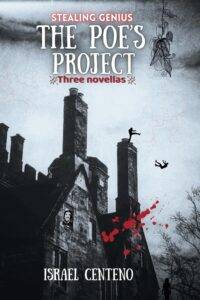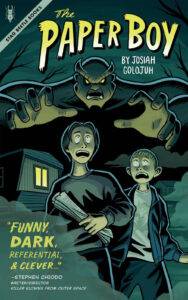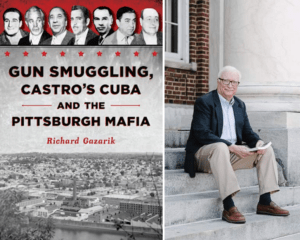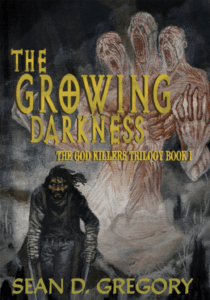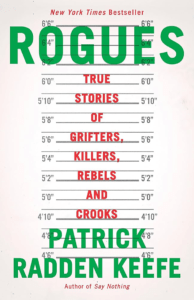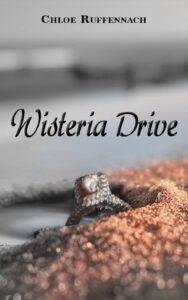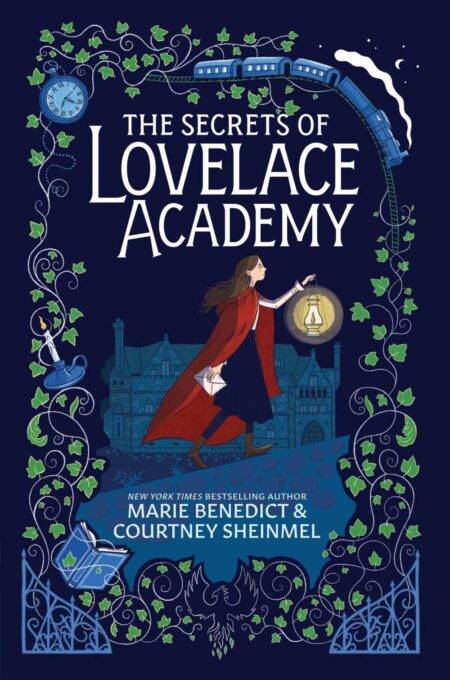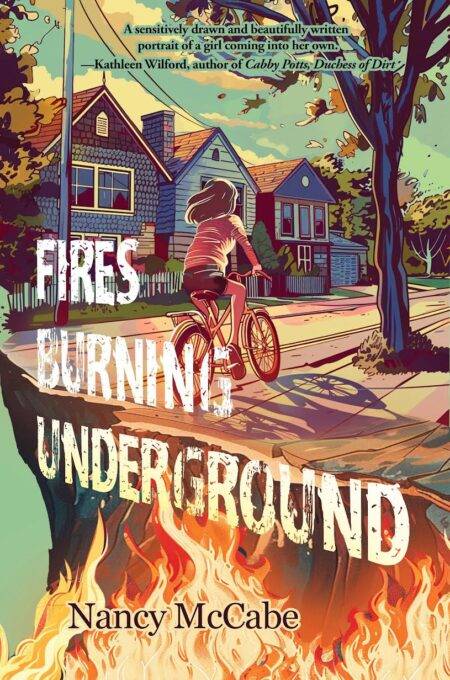Pittsburgh’s fearless features reporter Rege Behe asked Daniel James Brown a few “Littsburgh Questions” after his recent interview with him for the Pittsburgh Tribune-Review — look for that feature in the Trib later this week!
Brown, author of The Boys in the Boat (#1 New York Times Bestseller; “not only a great and inspiring true story; it is a fascinating work of history” – Nathaniel Philbrick), will be visiting Pittsburgh Arts and Lectures on Monday, March 14th.
This lecture is sold out, but you can call 412.622.8866 to be added to the wait list or to purchase partial view seats. Should tickets open up for purchase, Pittsburgh Arts and Lectures will announce it here!
What comes to mind when you think of Pittsburgh?
A very, clean modern city. I went to Pittsburgh on business ten years ago and was completely surprised by it. I expected a dark, gritty mill town. I think I expected there to be soot on everything. I haven’t been to Pittsburgh since, but ten years ago I was very pleasantly surprised.
What book is on your nightstand?
Timothy Egan’s The Immortal Irishman: The Irish Revolutionary Who Became an American Hero. It is about this interesting character (Thomas Francis Meagher) who was first an Irish revolutionary in Ireland fighting the British. He wound up coming to the United States and made a unique splash here in an unpredicted way. He was very much a larger than life character, and Timothy Egan is one of our best non-fiction writers.
Is there a book you’d like to see made into a film?
The Immortal Irishman. I actually think it would make it a terrific film because it is so centered on this very dramatic character. He’s also in Tasmania for awhile, so he moves through very interesting settings and environments.
If you were to set a story in Pittsburgh, what would it be about?
What I’m interested in as a historian is the transformation of Pittsburgh from the 19th century to the 21st century. I’m sure it’s been written about a great deal, but a story that captured that, a non-fiction story, that captured the transformation from a mill town to what it is now.
More book coverage from The Pittsburgh Tribune Review…



